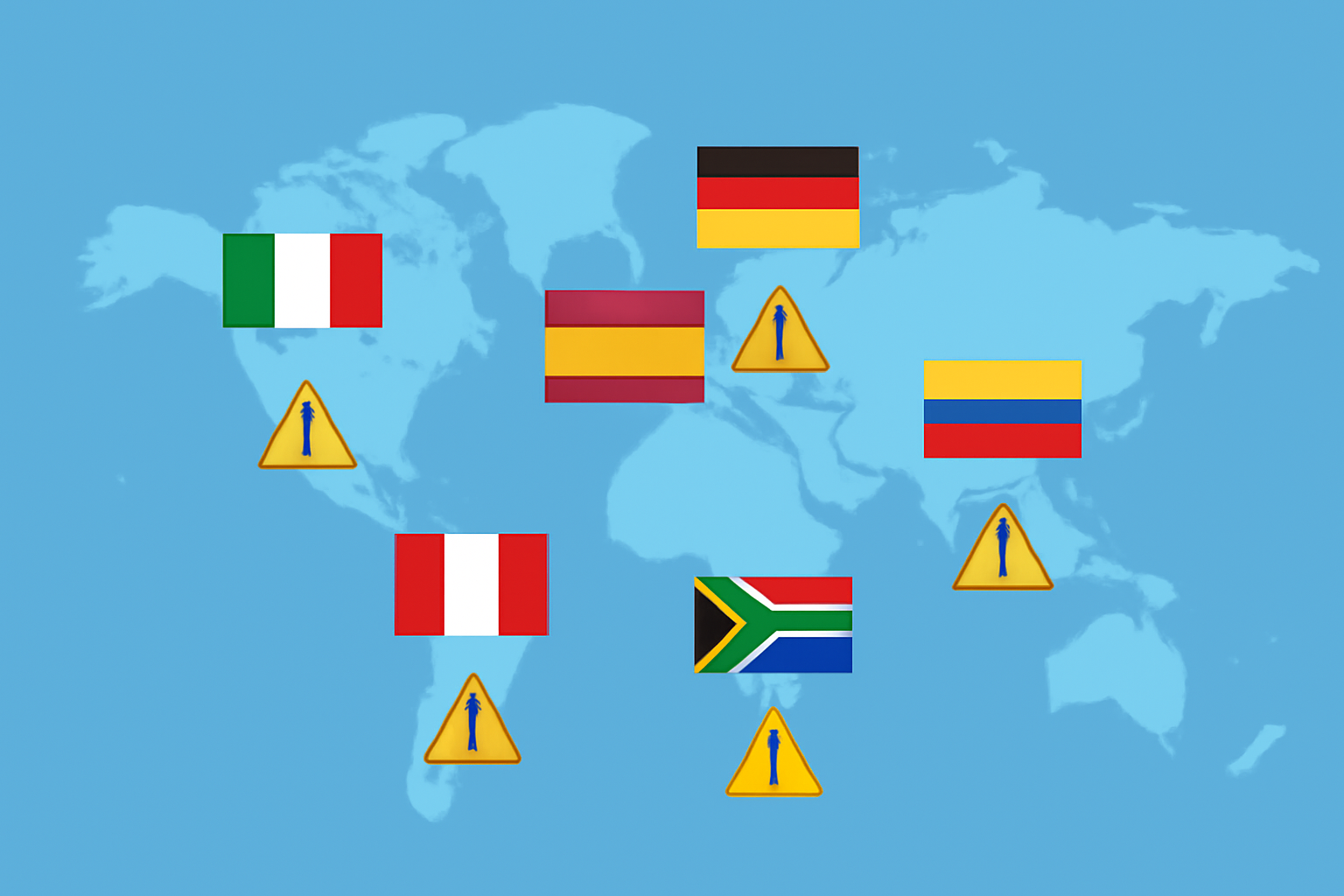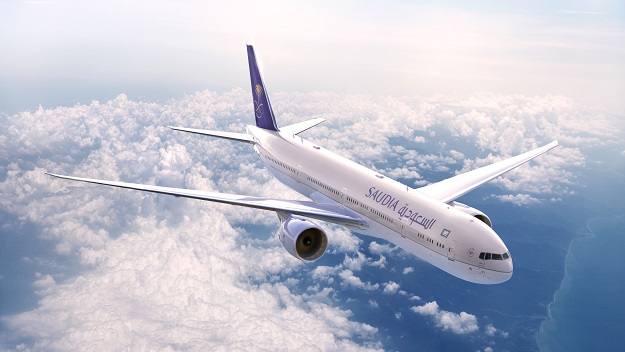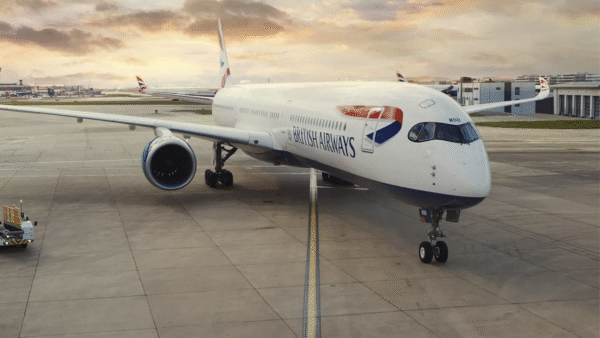Germany has joined several European countries, including Austria, France, Poland, Denmark, the Netherlands, Italy, Sweden, and more, in extending internal border checks across the Schengen Area until March 2026. This move, initially aimed at enhancing security and managing migration, marks a significant shift in the Schengen zone’s ability to offer seamless travel between member states. Travelers heading to or moving within these countries should be aware of the changes and how they will affect their journeys.
While the Schengen Area was created to promote free movement of people across borders, countries have the right to reintroduce border controls for reasons such as security and public health. This decision to extend border checks reflects the ongoing concerns surrounding migration, terrorism, and the lingering effects of the COVID-19 pandemic. As a result, travelers should prepare for potential delays, additional checks, and an overall change in how they experience travel across Europe.
Which Countries Are Affected by Extended Border Controls?
Germany’s decision is part of a broader shift across the Schengen Area. Other affected countries include:
- Germany – Border controls extended until March 2026
- Austria – Until late 2025
- Denmark – Until late 2025
- France – Until late 2025
- Italy – Until late 2025
- Netherlands – Until late 2025
- Norway – Until late 2025
- Poland – Until late 2025
- Slovenia – Until late 2025
- Sweden – Until late 2025
Although the exact end dates vary, most countries expect the extension to last at least until the end of 2025, with some continuing checks until March 2026. Travelers should stay updated as these dates might change depending on security and health assessments.
What Does This Mean for Travelers?
For those planning to travel across Europe, these extended border checks represent a significant deviation from the ease of movement traditionally associated with the Schengen Area. Travelers should be prepared for the following:
- Carry Valid Identification: Whether you’re traveling by air, train, or car, you must carry a valid passport or national ID card. Border guards may ask to see your identification at any border crossing, even within the Schengen Zone.
- Expect Delays: Internal border checks will continue, and travelers can expect delays at airports, train stations, and even road borders. Make sure to allow extra time for security checks to avoid missing your connections.
- Understand the 90-Day Stay Rule: UK citizens traveling within the Schengen Area without a visa are allowed to stay for up to 90 days within a 180-day period. If you overstay, you may face penalties such as fines, deportation, or a ban from entering the Schengen Area for a period of time. Be sure to track your time spent in the region.
Why Are Border Checks Still Happening?
The Schengen Area was originally designed to allow for easy travel and integration across European nations. However, the decision to extend border checks reflects an increasing need to address issues such as security, migration, and public health. Although internal border controls are typically prohibited in the Schengen Zone, countries can temporarily reinstate them in response to specific concerns.
- Security Concerns: Border controls can be used to counter terrorism or other security threats. In recent years, Europe has faced multiple security challenges, and the continuation of border checks is seen as a necessary measure to protect citizens.
- Health Crises: The COVID-19 pandemic highlighted the need for countries to implement travel restrictions during health emergencies. Many countries reintroduced border checks as a public health measure to control the spread of the virus. This approach remains in place in some countries, especially with the rise of new health concerns.
These checks have been in place in various forms since 2015, primarily due to migration and security challenges. The extension of border controls now includes ongoing health-related measures, reflecting the evolving nature of these concerns.
Changes in the Schengen Border Code for 2024 and Beyond
In 2024, the European Union updated the Schengen Border Code, which outlines the rules governing border checks within the Schengen Area. These changes provide more clarity on when and how border controls can be reintroduced.
- Health Emergencies: The new rules allow EU countries to implement border controls during significant public health emergencies, such as pandemics. This flexibility enables governments to respond quickly to health crises by reintroducing checks.
- Clearer Border Control Guidelines: The updated Border Code also provides clearer guidelines for reinstating border controls in response to security or public health threats, streamlining the process for countries to act when necessary.
- Enhanced Surveillance: The Border Code also allows for more extensive surveillance and restrictions at border crossings, enabling countries to better control the flow of people during crises.
What Should Travelers Do?
To navigate the extended border controls, travelers can take several key actions to ensure a smooth journey:
- Stay Informed: Before traveling, check for any updates to border policies. These checks may be modified or expanded based on evolving situations in each country.
- Carry Your Identification: Ensure that you have a valid passport or national ID card with you. Border checks will remain in place, and having your documentation ready will help avoid delays.
- Monitor Your Stay: Keep track of the time spent in the Schengen Area to avoid overstaying the 90-day limit. Remember that staying longer than allowed can result in fines or a ban from entering the area.
- Allow Extra Time: Due to the ongoing border checks, give yourself extra time when traveling by air, rail, or road. Border delays are expected, and arriving early will help you avoid last-minute stress.
Conclusion
Germany’s extension of internal border checks until March 2026, along with similar measures in other Schengen countries, marks a significant change in how travel is conducted within the region. While the Schengen Area was designed to facilitate free movement, these ongoing border controls are being implemented to address security, migration, and health concerns.
For travelers heading to or within Schengen countries, it is essential to stay informed, carry the correct documentation, and allow extra time for border checks. By being prepared and understanding the new requirements, travelers can navigate these changes and ensure a smoother trip.
For more travel news like this, keep reading Global Travel Wire















